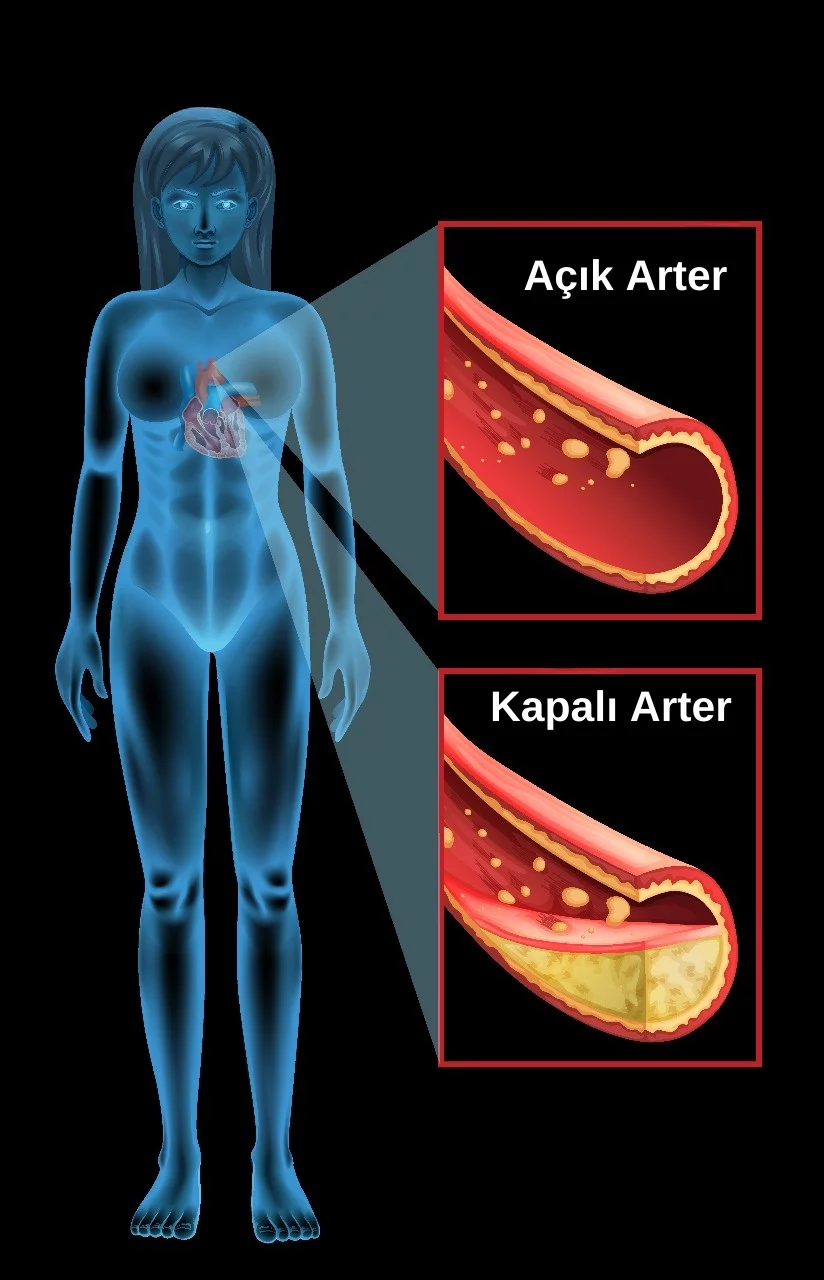Coronary artery disease is a serious cardiovascular disease. As with any disease, early diagnosis is always important and it is also easy to take precautions. In heart failure due to coronary artery disease, the diagnosis is first made and then the treatment is planned according to the patient's condition and history. Routine tests such as ECG (electrocardiogram), echocardiogram, stress test, cardiac catheterization and angiogram, heart scan can be used for diagnosis. In the light of these tests, simple but effective treatment methods such as medication and life standard improvement suggestions are shared with the patient. Apart from these, operational interventions can also be carried out. These are angioplasty and stent placement and coronary bypass surgery.
İçindekiler Tablosu
Coronary Artery Disease Treatment

All About Coronary Artery
Prof. Dr. Yavuz Beşoğul
The heart pumps approximately 3,000 gallons of blood to the body per day. To achieve this, it needs good nutrition and oxygen. Poorly nourished heart tissue may lose its function over time and lead to heart failure. The main vessels that feed the heart are the arteries called Coronary Arteries located on the surface of the heart. This vessel, which is blocked as a result of plaques formed due to some factors, causes the heart to not receive adequate nutrition and oxygen. Heart attack occurs as a result of blockage of the coronary artery. Coronary Artery Disease needs to be taken seriously and should never be ignored.
Major Symptoms of Coronary Artery Disease
The most common symptom of Coronary Artery Disease is chest pain. Chest pain may also manifest itself as an unidentified discomfort, heaviness, tension, pressure, burning, numbness or tightness in the chest. Patients may often confuse this condition with indigestion or heartburn. Chest pain, which we call angina, is generally felt in the chest. However, from time to time, angina can make itself felt in the left shoulder, arms, neck, back and even in your jaw. Other symptoms of Coronary Artery disease include:
- Shortness of breath
- heart palpitations
- A faster heartbeat than normal
- dizziness
- Nausea
- Emaciation
- To sweat

Risk Factors of Coronary Artery Disease
There are many factors that lead to coronary disease. Among these risk factors, the 2 main factors are heredity and age. Individuals with these two factors need to have regular check-ups and tests. Individuals over the age of 40 for men and over 50 for women should be especially aware. Apart from these, factors such as hypertension, inactivity, high cholesterol, smoking and alcohol consumption, stress, anger and depression are among the factors that increase the risk of coronary artery disease.
Complications of Coronary Artery Disease
The most important complication of Coronary Artery Disease is heart attack. A heart attack occurs when the coronary arteries feeding the heart are completely blocked and oxygen cannot reach the heart. The typical symptom of coronary artery disease is pressure in the chest that spreads to the left side. It may not always show any symptoms. Coronary artery disease may not show any symptoms, especially in people who are older or have diabetes. Apart from this, it may also show symptoms other than chest pain, such as shortness of breath, palpitations and fainting.
Make an Appointment
Error: Contact form not found.


